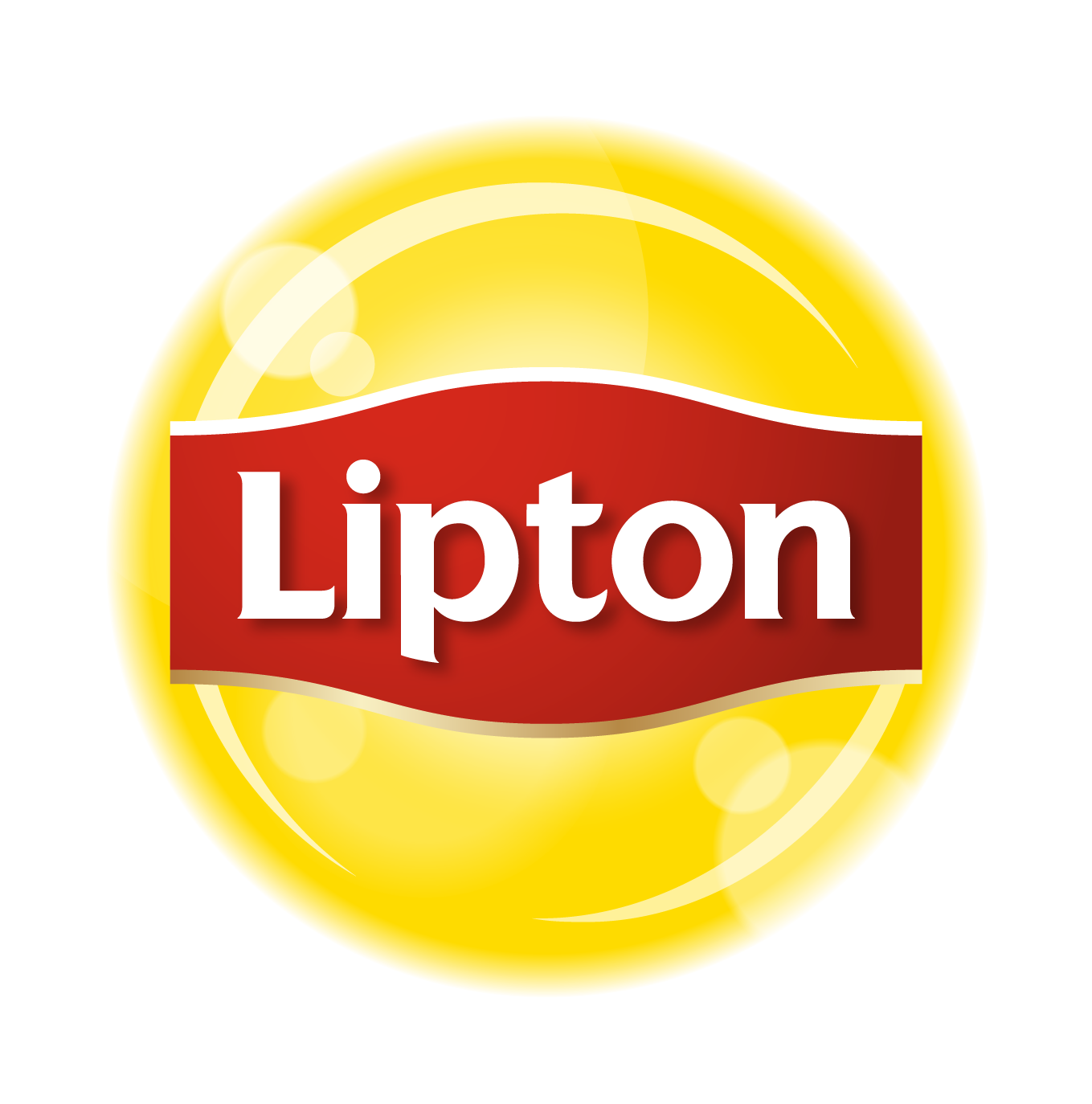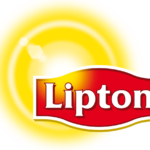Lipton logo and symbol, meaning, history, PNG
- Download PNG The Lipton trademark and its sun disc used as a logo are the most famous tea brand in the world.
- Among all the many competitors under the control of Lipton – more than 10% of the world tea market.
- Meaning and history 1890 — 1972 Since its early years, the most famous tea brand in the world has been creating its logos in one and the same color palette — yellow and red, a representation of warmth, love, and joy, a combination, evoking smile and a sense of stability.
- The very first Lipton logo was introduced in 1890 and featured a red rectangular banner with a yellow sans-serif lettering on it.
- The medallion featured a double outline — thick white was enclosed in a thin red frame.
- Though there were no yellow accents on the logo itself, it has always been placed on a yellow background of the tea packaging.
- When placed on yellow tea boxes, the logo was underlined by a smooth gold curve, repeating the contours of the emblem’s frame.
- 2014 — Today The typeface on the iconic Lipton logo was changed in 2014.
- Slightly visible sharp serifs were complementing smooth thick letter lines with rounded shapes.
- The red badge changed its black outline to white and is now placed on a gradient yellow circle, which resembles the sun and gives a sense of warmth, love, and friendship.
- Symbol The first symbol of Lipton tea were the yellow silhouettes of sailboats – tea clippers, on which tea was brought to the UK from Ceylon, and – a little sun.
- Font Few people at the end of the XIX century thought about fonts, logos and other advertising hype, like Thomas Lipton.
- In fact, for more than a century of the brand’s history, the font has changed slightly.
- Background On the first logos, the background was dark green, in order to emphasize the color of the tea leaf in contrast to the yellow image.













Leave a Review